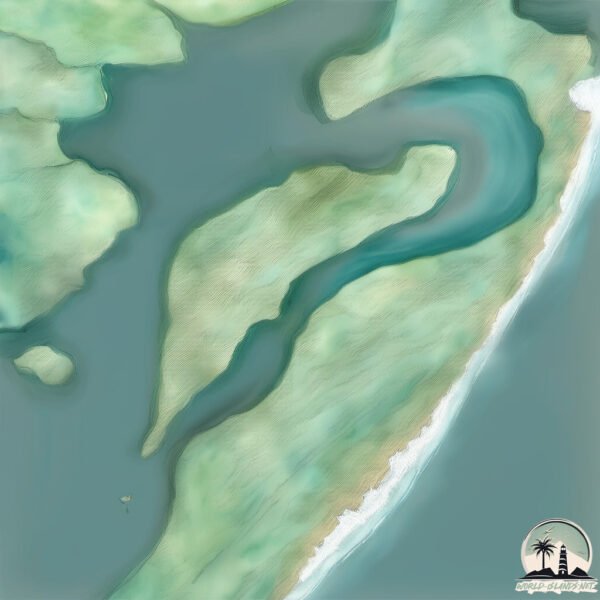Ostrov Soniga

Welcome to Ostrov Soniga, a Continental island in the Sea of Okhotsk, part of the majestic Pacific Ocean. This guide offers a comprehensive overview of what makes Ostrov Soniga unique – from its geography and climate to its population, infrastructure, and beyond. Dive into the details:
- Geography and Size: Explore the island’s size and location.
- Climate and Weather: Weather patterns and temperature.
- Topography and Nature: Uncover the natural wonders of the island.
- Infrastructure and Travelling: Insights on reaching, staying, and making the most of your visit.
- News and Headlines: Latest News.
Geography and size of Ostrov Soniga
Size: 9.548 km²
Coastline: 26.6 km
Ocean: Pacific Ocean
Sea: Sea of Okhotsk
Continent: Asia
Ostrov Soniga is a Small Island spanning 9.5 km² with a coastline of 26.6 km.
Archipel: –
Tectonic Plate: Amur – A minor tectonic plate in the region of the Amur River at the border of Russia and China, involved in complex interactions with the Pacific and Eurasian plates.
The geographic heart of the island is pinpointed at these coordinates:
Latitude: 52.44124884 / Longitude: 143.22007274
Climate and weather of Ostrov Soniga
Climate Zone: Continental
Climate Details: Subarctic Climate
Temperature: Cold Summer
Climate Characteristics: Characterized by long, extremely cold winters and short, cool summers, often found in northern latitudes of North America and Eurasia.
Topography and nature of Ostrov Soniga
Timezone: UTC+11:00
Timezone places: Asia/Vladivostok
Max. Elevation: 3 m
Mean Elevation: 1 m
Vegetation: Agricultural Mosaic
Tree Coverage: 24%
The mean elevation is 1 m. The highest elevation on the island reaches approximately 3 meters above sea level. The island is characterized by Plains: Flat, low-lying lands characterized by a maximum elevation of up to 200 meters. On islands, plains are typically coastal lowlands or central flat areas.
Dominating Vegetation: Agricultural Mosaic
A mix of cropland and natural vegetation, often seen in rural landscapes where agricultural fields are interspersed with patches of natural habitats. Ostrov Soniga has a tree cover of 24 %.
Vegetation: 6 vegetation zones – Very Highly Diverse Island
Islands in this range are ecological powerhouses, showcasing a wide array of vegetation zones. Each zone, from lush rainforests to arid scrublands, coastal mangroves to mountainous regions, contributes to a complex and interdependent ecosystem. These islands are often hotspots of biodiversity, supporting numerous species and intricate ecological processes.
Infrastructure and Travelling to Ostrov Soniga
Does the island have a public airport? no.
There is no public and scheduled airport on Ostrov Soniga. The nearest airport is Nogliki Airport, located 69 km away.
Does the island have a major port? no.
There are no major ports on Ostrov Soniga. The closest major port is VITAZ MARINE TERMINAL, approximately 42 km away.
The mean population of Ostrov Soniga is 1 per km². Ostrov Soniga is Gently Populated. The island belongs to Russia.
Continuing your journey, Ostrov Ush is the next notable island, situated merely km away.
SAONA ISLAND | DOMINICAN REPUBLIC | Day Trip Excursion to the most famous attraction in DR



Russia is classified as Emerging region: BRIC: Brazil, Russia, India, and China – Economies noted for their rapid growth and increasing influence on global affairs. The level of income is Upper middle income.
News – Latest Updates and Headlines from Ostrov Soniga
Stay informed with the most recent news and important headlines from Ostrov Soniga. Here’s a roundup of the latest developments.
Please note: The data used here has been primarily extracted from satellite readings. Deviations from exact values may occur, particularly regarding the height of elevations and population density. Land area and coastline measurements refer to average values at mean high tide.
